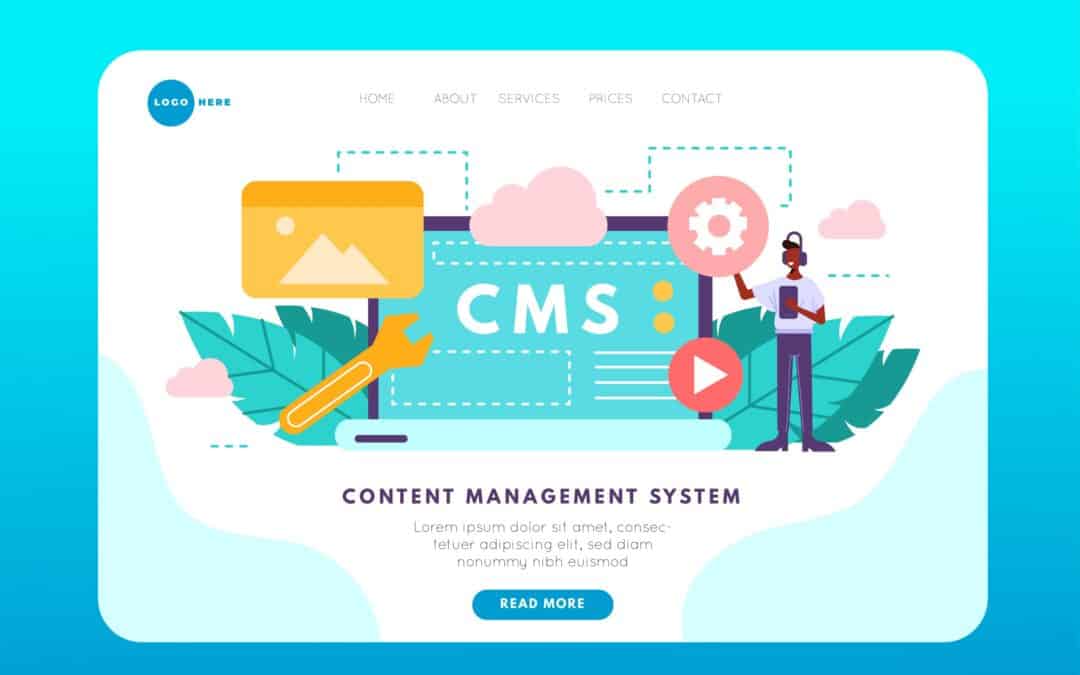“Why fuss when you can get an app for that?”
Today, running a business means juggling 10 plates at once while answering emails, organizing projects, and making coffee runs. Sound familiar? You’re not alone. This is why workflow apps exist — to make task management simpler, keep you organized, and keep you out of trouble.
But with so much to choose from, it can be daunting to determine what you actually want. Don’t worry—I’ve got your back. Let’s see how workflow apps vary, why you should have them for your business, and which apps do the job.
Workflow Management Apps — Why Should You Use Them?
We’ll start with the obvious: companies operate in workflow automation. Everything from handling customer questions to running a marketing campaign has a method to it.
Workflow apps simplify those processes. They take mundane, time-wasting chores and make them easy to perform so you and your team can see the big picture.
And the numbers don’t lie. Companies that embrace automation and workflow tools see productivity increase by up to 30%.
What Types of Workflow Software Does Your Company Need?
There’s no one-size-fits-all workflow app. Depending on your business process, you might need project management software, marketing software, customer service tools, or collaboration platforms.
1. Project Management Tools
These apps help you and your team stay on track without breaking a sweat.
Why You Need Them
- Centralized communication: No more “Where’s that email?” issues.
- Activity monitoring: Monitor who’s working on what in one view.
- Deadline reminders: Avoid last-minute chaos.
Top Tools
- Trello: Ideal for visual learners, Trello uses boards and cards to track tasks. It is perfect for small teams or freelancers and is also available as a mobile app.
Example: Use Trello as your content calendar, with each card (post) assigned to a team member, complete with deadlines and notes. - Asana: A project management whiz with timelines, workload views, and automation features. Great for growing teams.
Example: Create a product launch plan in Asana with tasks like “Create ads,” “Plan email campaign,” and “Set up product page.” - Airtable: Combines the power of spreadsheets with the visuals of Trello. Great for budgets, inventory, and more.
2. Marketing Automation Tools
Promotion is necessary but exhausting. Marketing automation tools take care of repetitive tasks so you can focus on strategy.
Why You Need Them
- Save time: Automate emails, social posts, and ads.
- Engage effectively: Send personalized messages at the right time.
- Analyze success: Get detailed insights into what works (and what doesn’t).
Top Tools
- HubSpot: A marketing Swiss Army knife with tools for email marketing, CRM, and more.
Example: Set up a welcome email sequence for new subscribers, providing tips and nudging them toward your products. - ActiveCampaign: Great for small businesses wanting custom journeys.
Example: A fitness instructor can send tailored workout plans based on subscriber preferences. - Buffer: Simplifies social media scheduling.
Example: Plan Instagram posts a week in advance and track engagement effortlessly.
3. Customer Support Tools
Support is your brand’s backbone. These tools ensure no query gets lost and replies are timely.
Why You Need Them
- Speed up responses: Automate FAQs and ticket routing.
- Track problems: Identify common customer pain points.
- Maintain satisfaction by ensuring your team has access to the best workflow app. Deliver consistent, prompt service.
Top Tools
- Zendesk: A powerful ticketing, chat, and analytics platform.
Example: Use Zendesk to track customer complaints and automatically assign tickets to the right team member. - Intercom: A chat-first tool that connects you with customers in real time.
Example: Automate FAQs with a bot to free your team for complex issues. - Freshdesk: Affordable and user-friendly for SMBs.
4. Collaboration Tools
Keep your team connected, even across the globe.
Why You Need Them
- Remote work support: Ensure seamless team communication, regardless of location.
- Easy file sharing: Say goodbye to endless “Send it as a PDF” emails.
- Streamline brainstorming with a collaborative doc shared among team members. Collaborate in real-time.
Top Tools
- Slack: More than a messenger, Slack integrates with apps like Google Drive and Trello.
Example: Set up project-specific channels for team discussions and file sharing. - Microsoft Teams: Ideal for large corporations with video conferencing, file sharing, and chat in one place.
- Google Workspace: A powerful tool for optimizing workflow and process management. A must for teams already using Gmail. Collaborate on documents, spreadsheets, and presentations in real-time.
5. Accounting and Finance Tools
Let accounting tools handle the tedious number-crunching while you focus on growing your business.
Why You Need Them
- Automate invoicing: Get paid faster with recurring invoices.
- Track expenses: Monitor where your money is going.
- Stay tax-ready: Generate reports with ease.
Top Tools
- QuickBooks: Perfect for SMBs, covering payroll, expense management, and more.
Example: Set up recurring invoices for repeat customers to avoid missing payments. - Xero: A user-friendly QuickBooks alternative with excellent cash flow tools.
- Expensify: Simplifies expense reporting for quick reimbursements.
How to Select Workflow Apps That Work for Your Business
Feeling overwhelmed? Here’s how to narrow it down:
1. Identify Your Pain Points
Figure out where you’re struggling—missed deadlines, slow responses, or disorganized projects—and choose apps to solve those issues.
2. Start Small
Begin with one or two tools and see how they fit into your workflows before expanding.
3. Look for Integrations
Pick tools that sync with your existing systems. For example, Slack integrates with Trello, and HubSpot connects with Gmail.
4. Consider Your Budget
Start with free versions or trials to test compatibility before committing to paid plans.
Final Thoughts: Streamline, Simplify, Succeed
Workflow apps are not a luxury—they’re essential for running a smooth business. From project tracking to customer management and financial oversight, there’s an app for every need.
Remember, these tools don’t replace people—they free them up to focus on what matters: creativity, strategy, and customer relationships.
So, what’s your next move? Try out these tools, refine your workflows, and watch your productivity soar.
“Work smarter, not harder.”
What’s the first workflow app you’re going to try? Let’s chat in the comments!





